This long-awaited doc offers a compelling and entertaining (if incomplete) look at how horror & heavy metal have become inextricably linked.
Given the recent rise of movies that finally throw the metal genre some love (Metal Lords, The Dirt, and Sound of Metal being a few of the standouts), as well as metal/horror crossover films (Deathgasm, We Summon the Darkness, Lords of Chaos), it was probably inevitable that we’d get a documentary bringing the two together.
Not that I’m complaining. I love both genres fiercely, so if I WAS to have a complaint, it would be that it took so damn long for a film like this to be made in the first place.
Screened as part of Panic Fest 2022, The History of Metal and Horror is, as the title suggests, an examination of how (and when) heavy metal music and horror movies became synonymous. Directed by Mike Schiff, and compiled in 2021, Metal and Horror is both a loving homage and a somewhat deep analysis of the metal and horror genres, primarily from the viewpoints of those embedded within them.
An ardent fan of both mediums, Mr. Schiff keeps the tone light and entertaining, generally skirting around or only briefly touching on the numerous controversies inherent in both genres. Which is probably for the best. There are plenty of other avenues to pursue if you want the salacious details.
Schiff clearly just wanted to give a loving shout-out to his favorite things, and with Metal and Horror, he succeeds admirably.
Metal and Horror is accessible enough for folks with a casual interest. But make no mistake, this documentary is really geared towards existing fans of both horror and metal. Featuring a who’s who of industry giants, as well as some lesser-known or up-and-coming personalities, even the most rabid of horror-hounds and metalheads will likely discover something new.
Some of the heavies featured in this documentary include, but are not limited to Alice Cooper, Rob Zombie, John Carpenter, Kirk Hammett, Linnea Quigley, Scottie Ian & Charlie Benante, Sid Haig, Corey Taylor, Marky Ramone, Tom Savini, Doug Bradley, and many others.
If you don’t recognize most of those names, then I pity you. You’ve missed out on so much dark goodness. Good darkness? Whatever.
As a fan, it’s such a delight to see so many genre icons in the same feature, chatting up their love of scary cinema and heavy music. Many of these folks are my heroes, and I will always jump at the chance to hear what they have to say.
On top of that, metal and horror truly do blend well together, and though the film tries to dress up the “why” of this as some earth-shattering revelation, the reasons for such compatibility are really self-evident.
The number one reason for the synergy between metal and horror is that kinetic, aggressive, and sometimes violent scenes really do require kinetic, aggressive, and sometimes violent music to accompany them, in order to maximize their impact.
At some point in the documentary, it’s mentioned how silly it would be if Jason and Freddy were fighting while string music was playing in the background.
This is entirely true. It simply wouldn’t work.
Ever watched a horror film with the sound off? It’s not scary. In fact, it’s barely engrossing. The right music brings the necessary oomph to the onscreen antics, elevating them beyond the sum of their parts. With many horror films, that music just so happens to be metal.
I mean, let’s face it, this really isn’t rocket science. Both genres flourished around the same time, attracting the same types of people for the same basic reasons. It was only natural that they would collide in the most spectacular of ways.
That said, the documentary does take its time getting to the why of it all. The history of horror is examined by those in the biz, and then the history of metal gets a turn. It’s only after delving into both that Metal and Horror truly brings them together.
From myths and fables to the music artists that paved the way for heavier music, the documentary touches on the basic foundations of each genre, providing a mix of expert opinions and observations from the creators themselves.
A common theme that arises frequently is the notion of horror fans and metal fans generally feeling like outcasts and are therefore drawn to the fringe entertainment that both mediums provide.
It’s not a new observation, by any means, but the fact that it’s brought up often cements the notion as fact.
This is where, for me at least, the documentary really hit home.
While heavy metal might have originated with Black Sabbath in 1970, it really gained traction in the 1980s, spawning multiple sub-genres like death metal, thrash, black metal, glam metal, etc. Likewise, horror had been around for decades, from the Universal monsters to Hammer Horror. But with the advent of watching films at home on VHS, horror truly thrived in the 80s, bringing us many of the most iconic villains (Jason, Freddy, Pinhead) the genre has to offer.
Growing up in the 80s, as both a metalhead and a horror aficionado, there was certainly a double-standard taking place within society.
The Satanic Panic was a real thing, which Metal and Horror briefly touches on. And it wasn’t just metal and horror under attack; Dungeons and Dragons was also in the crosshairs. In fact, there was a huge push in society to quell all forms of “evil” entertainment.
Just look at the film The Decline of Western Civilization Part II: The Metal Years from 1988, directed by Penelope Spheeris, as a prime example.
It’s a strange amalgamation of love and hate for metal and really leans heavily into the negative aspects of stardom within the metal circuit. Many parents that I knew in the late 80s pointed to this film as their reasoning for hating metal as a whole, taking everything the film presented as the sole focal point, unwilling to see other sides of the argument.
What I found rather frustrating during that time period was the general consensus within the institutions I was a part of (primarily school), which was that if you were a metalhead and/or horror fan (or, heaven forbid, BOTH) then people automatically assumed you were an illiterate, uncouth, substance-abusing and devil-worshipping miscreant with no redeeming qualities. Out to defile their daughters and usher in a new era of anarchy.
Were there some folks like that? Of course. Pick any group of people and you’ll have some that simply give whatever the group stands for a bad name. Some people just have to take things to extremes.
But, by and large, my experiences within the metal and horror communities were quite the opposite of the picture painted by society.
Most of us actually got good grades, had a decent set of morals, and genuinely tried to make the world a little better.
Very few of the horror and metal fans I knew even messed around with drugs or alcohol. And maybe it was because we were outcasts, but you’d be hard-pressed to find a more welcoming group of people (which still holds true today).
But because we were either introverts (there’s something wrong with him, he’s too quiet), a little different (she can’t verbalize like other kids or avoids making eye contact), or just came from troubled backgrounds (poor, neglected, broken homes, etc.), we didn’t quite fit into the mainstream. Which meant that we found acceptance on the fringe instead.
And what was that fringe? Metal and horror, naturally.
The biggest irony, in my experience at least, was that by treating people who liked metal and horror differently, our authority figures actively pushed us further towards those dark elements.
Through their ignorance, they were creating the very monsters they feared. How’s that for a horror story tie-in?
Metal and Horror does a great job of dispelling those ancient myths.
It showcases most of the icons within the horror and metal realms as well-spoken and introspective people with a lot of love for their fans and their idols.
For many of them, the darkness is just entertainment. A way to stand out from the crowd, to pay homage to the genres they were raised on, and a chance to make a living doing the things they love. So what if those things happen to cleave more towards darkness?
In fact, many of the artists interviewed for Metal and Horror talk about that darkness as something to explore in order to better understand humanity in general and themselves as individuals. Which is a concept I can wholeheartedly agree with.
It’s also more than a little ironic that many people from my parent’s generation saw metal musicians and horror directors/actors as nothing more than talentless schlockmeisters. Which couldn’t be further from the truth in most cases.
Sam Raimi of Spider-Man and Doctor Strange in the Multiverse of Madness fame got his start in low-budget horror.
Dave Lombardo from Slayer is one of the most respected drummers in music, period. Metallica is, well, the juggernauts they deserve to be. Rob Zombie, love him or hate him, is a star in both mediums, and is currently headlining the remake of the beloved show The Munsters.
One of the places where Metal and Horror truly shines is in exploring what first drew metal musicians and horror actors/filmmakers into those genres in the first place. For many of them, they were introduced by friends and family at a young age or drawn by the “taboo” nature of what they were seeing/hearing. They talk about rites of passage, and the thrill of being scared.
Many metal concerts leaned heavily into horror theatrics to heighten the experience, especially from artists like Marilyn Manson, Ozzy Osbourne, and Alice Cooper. The shock value is a common denominator, and more than a few of the interviewees equate horror movies and metal music to the thrill of riding a roller coaster.
It’s not all Karo syrup and power chords, however, as there are a few areas where the documentary slips.
First, The History of Metal and Horror is framed around a mini-film, chronicling a day in the life of the last remaining man on earth after a global catastrophe has wiped out humanity. While competently shot, decently acted, and accompanied by a score by Mindless Self Indulgence’s frontman Jimmy Urine, the inclusion is wholly unnecessary, adding nothing of substance to the proceedings.
Don’t get me wrong; I love that veteran horror actor Michael Berryman (The Hills Have Eyes) gets to do his thing as The Host, bringing some true horror cred to the endeavor. But the documentary is strong enough to stand on its own. Extra fluff simply wasn’t needed.
Also, there’s a rather surreal moment about halfway through the documentary when Dave Mustaine of Megadeth is talking about being jealous of Dokken’s involvement with A Nightmare on Elm Street 3 with their song “Dream Warriors”, while no mention is made of Megadeth’s songs “Diadems” from Demon Knight and “No More Mr. Nice Guy” from the Wes Craven film Shocker. Both of which are arguably stronger “metal” songs that have aged much better than “Dream Warriors”.
Considering that “No More” is a cover of an Alice Cooper track, and seeing as how Mr. Cooper features heavily in this documentary, this seems like one hell of an omission.
Perhaps the most difficult pill to swallow, however, was that with so much time devoted to the musicians and directors/actors, opinions and thoughts from everyday fans get the short shrift, relegated to a few on-the-spot interviews at conventions that play over the end credits.
For being such a fan of horror and metal, it’s a shame that Mike Schiff didn’t give other non-industry fans more of a voice.
But those are minor nitpicks, and most viewers will not be bothered by them at all. Ultimately, The History of Metal and Horror is a solid offering, checking all of the requisite boxes. It’s fun, informative, and comprehensive; everything that a good documentary should be.
The various interviewees (and there are a LOT of them) prove to be engaging, respectful, and appreciative. Fans of metal and/or horror will absolutely enjoy their time with this film. Highly recommended!


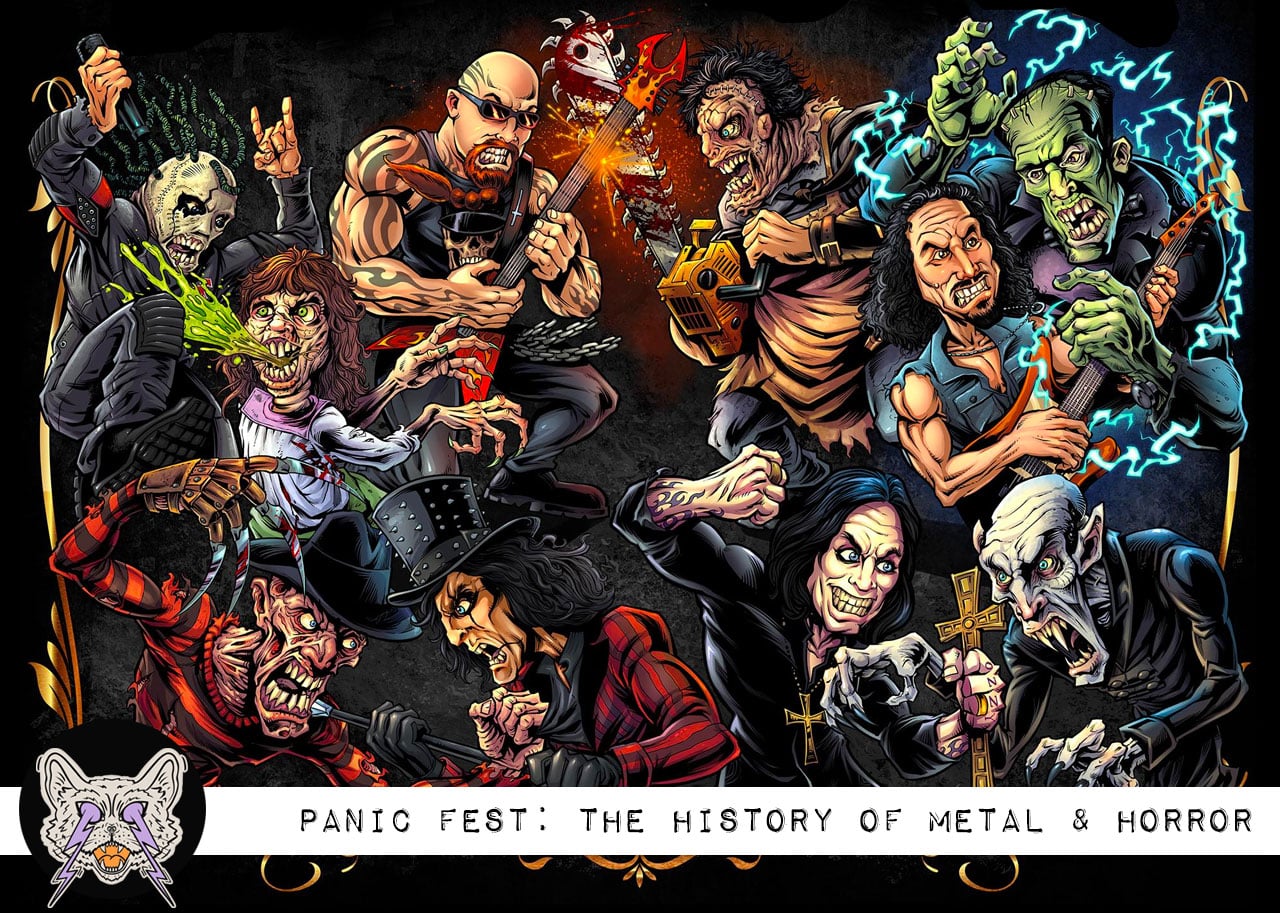
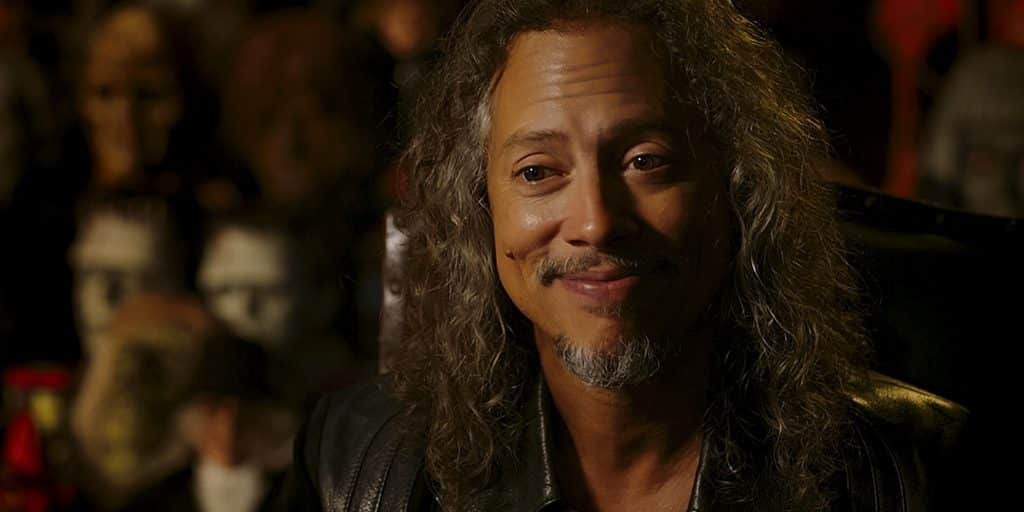
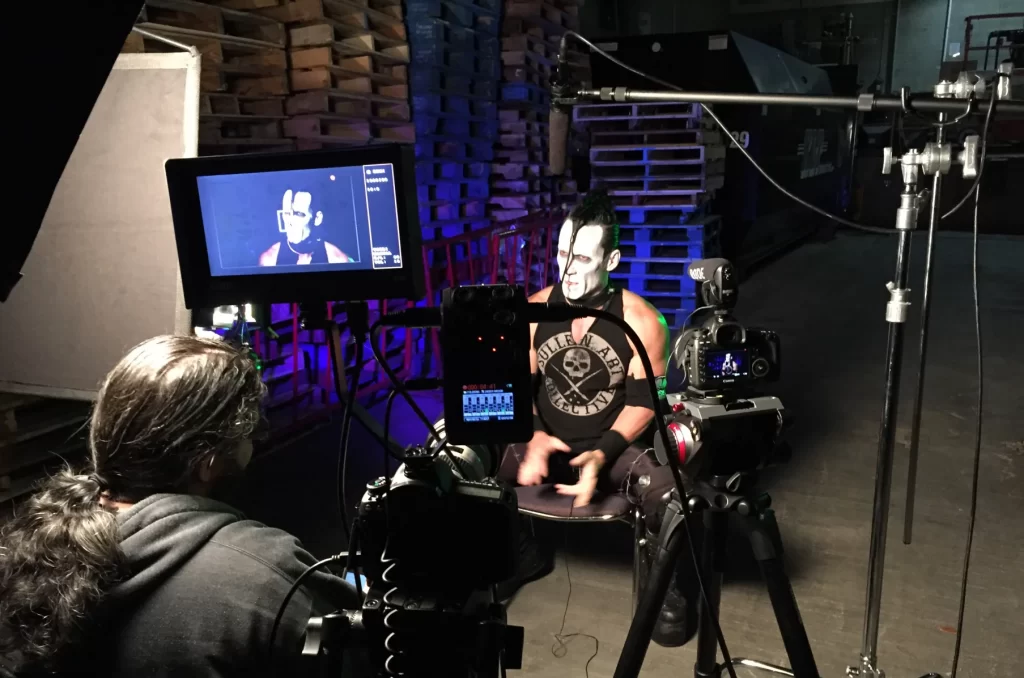
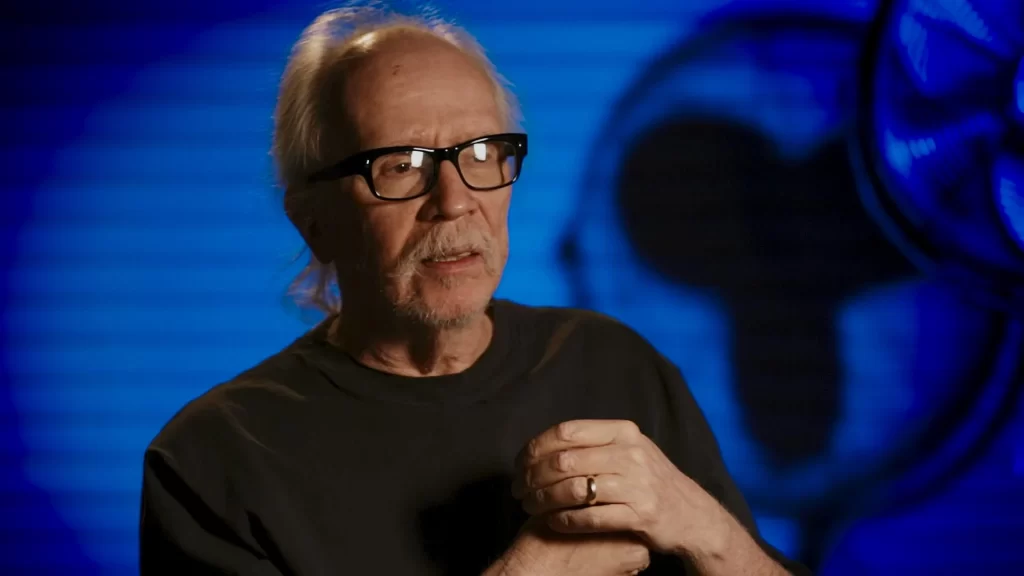
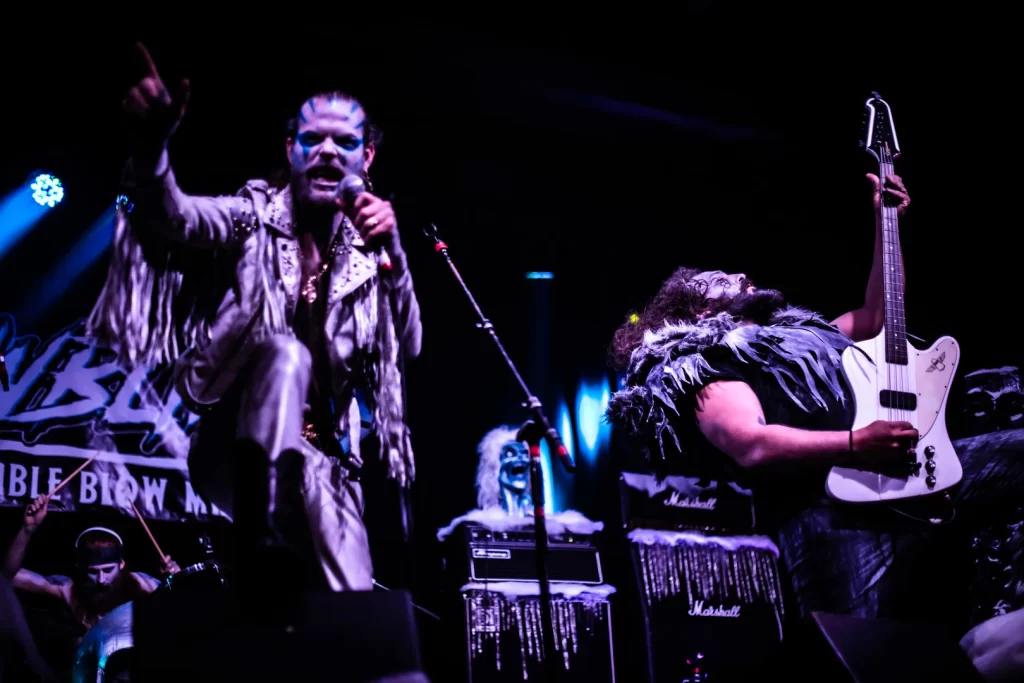
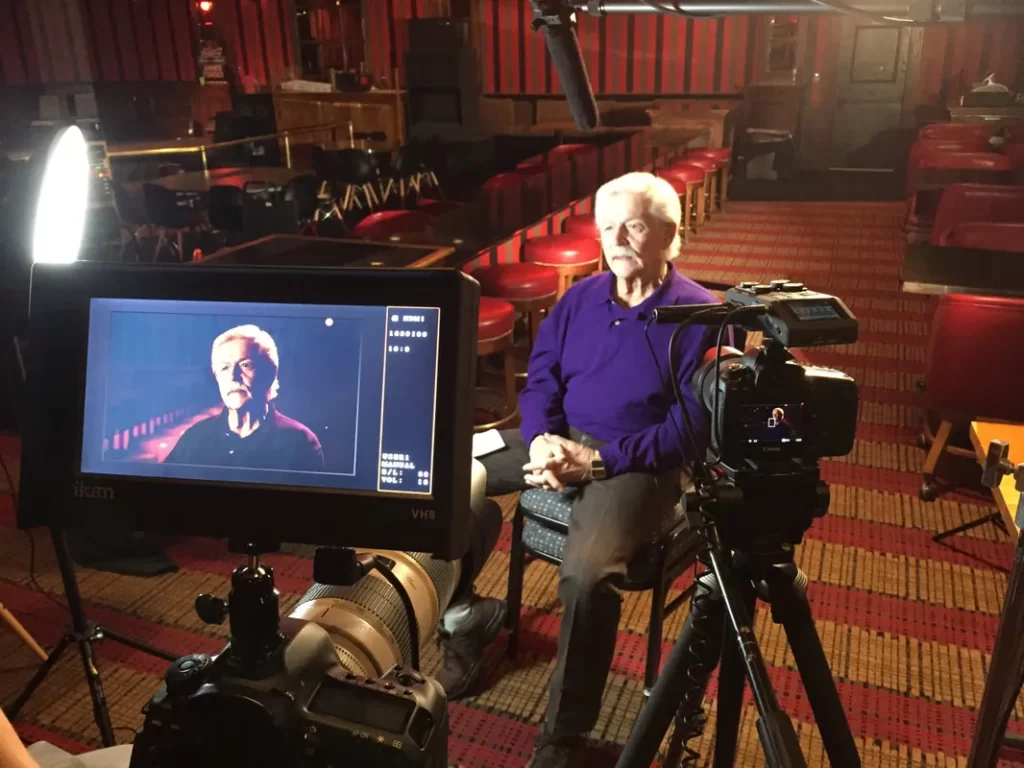
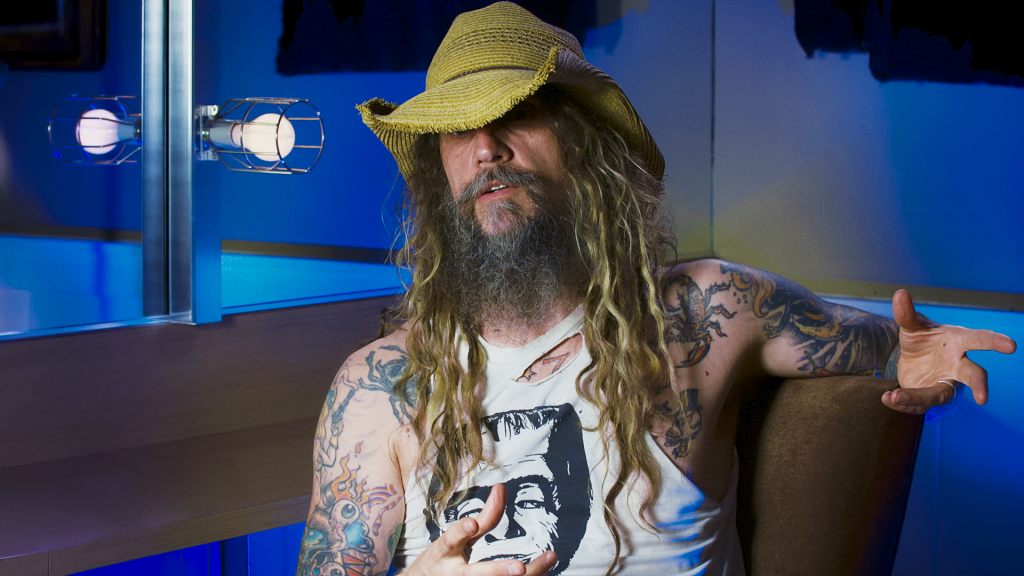

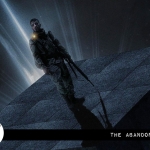
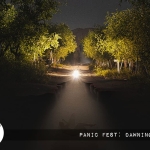
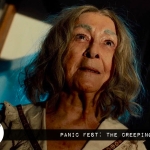
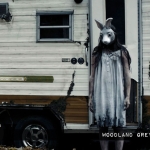





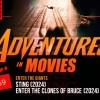

Follow Us!